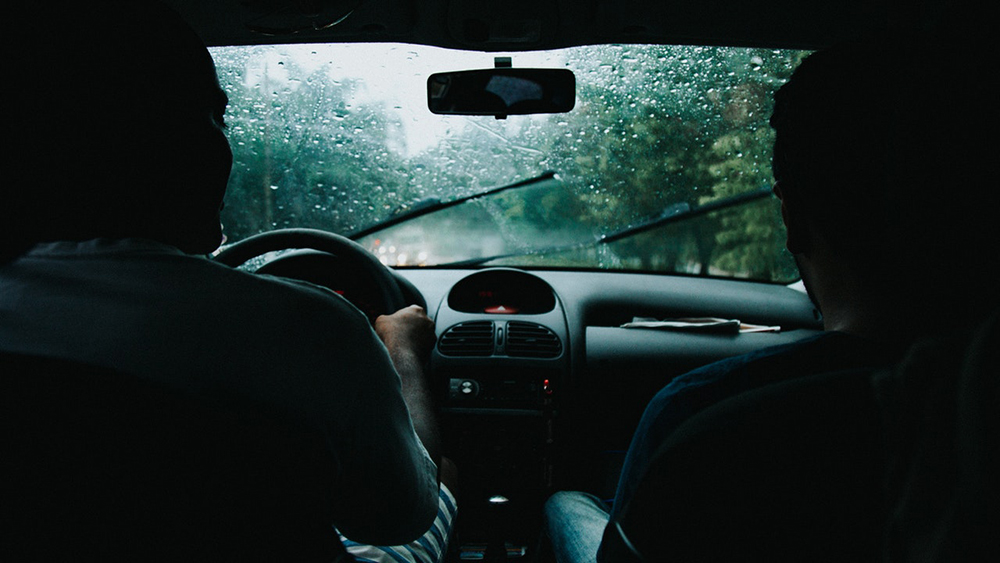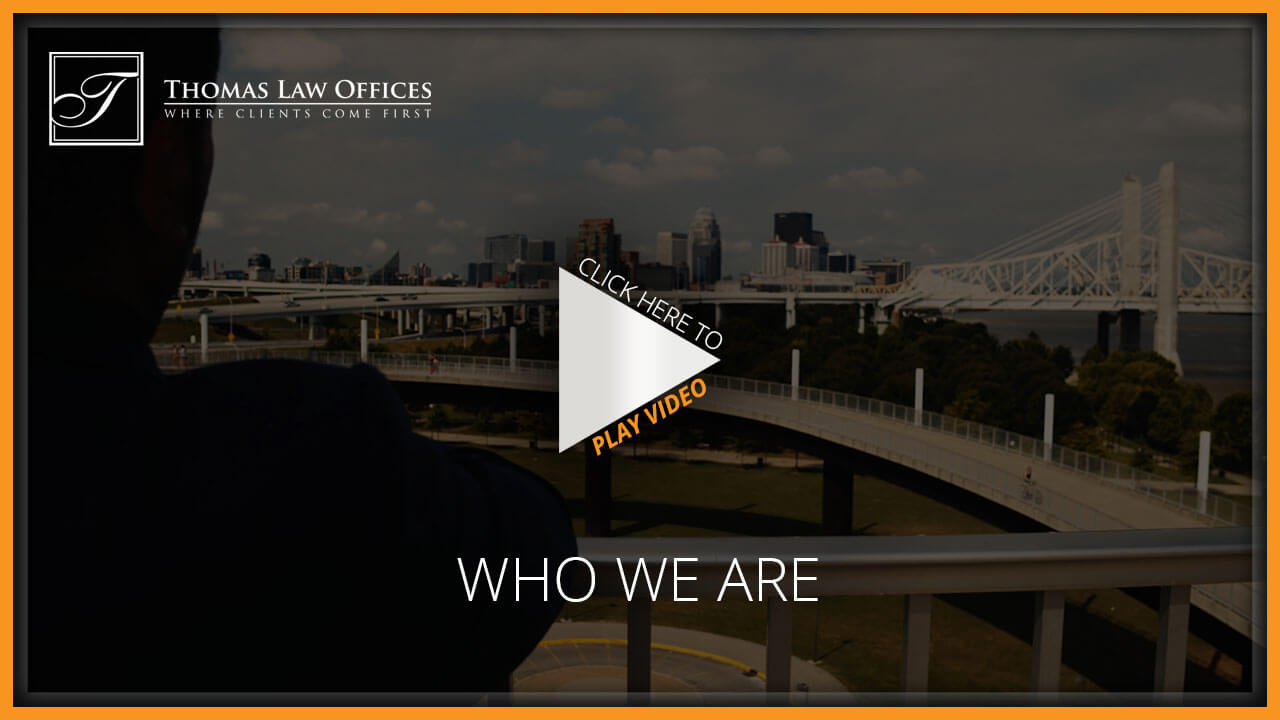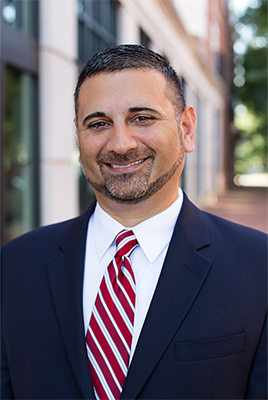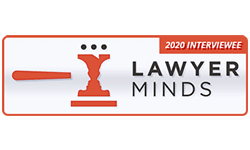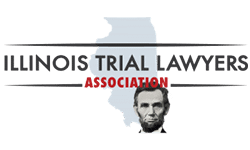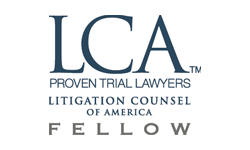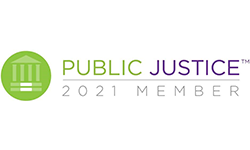Anyone who enjoys a lovely day of rain must find Louisville, KY a wonderful place to call home. While the average annual rainfall in the United States is only 38 inches, Louisville enjoys about 46 inches of rain every year.
All that rain is not without hazards, though. Heavy rainfall can make it difficult for drivers to navigate the road successfully and safely. If you are ever caught in heavy rain while driving, the Louisville car accident lawyers of Thomas Law Offices suggest that drivers adhere to the following advice to avoid being involved in a collision.
Table of Contents
Slow Down
The easiest way to limit your chance of being involved in a car accident while it is raining is simple—slow down. When you are caught in heavy rain while behind the wheel, reduce your speed to lower than the posted speed limit. Only travel as fast as it feels safe to. If you are unsure of what to do, try matching your speed to other drivers who have also slowed down, although reducing your speed by approximately one-third is generally well-advised.
Driving in heavy rain is dangerous for numerous reasons, including:
- Limited visibility. The National Highway Traffic Safety Administration (NHTSA) encourages drivers to constantly scan the road around them. This means looking ahead two blocks in urban areas, three blocks or three traffic signals ahead in suburban areas, and about a quarter of a mile ahead in rural areas. Heavy rain limits visibility, making it impossible to look much farther ahead than perhaps a few feet. To give yourself time to react, you should always slow your speed and create distance between vehicles.
- Longer stopping distances. It can take as much as twice as long to come to a stop during heavy rain than during ideal driving conditions when roads are dry. Speed also plays a factor in stopping distance, meaning that the faster you drive, the longer it takes to stop. Speed and heavy rain can be a deadly combination as you may not be able to come to a full and complete stop should a hazard arise.
Rainwater will also mix with any oil and grease produced by motor vehicles left on the roadway. This makes roads even slicker and more difficult for tires to gain and maintain traction. Slowing down when you are caught in heavy rain while driving will help prevent hydroplaning.
Don’t Use Your Hazard Lights
Drivers are often tempted to turn on their hazard lights during periods of heavy rain to make themselves more visible to other drivers. This has the opposite of the intended effect.
Turning on your hazards while driving through heavy rain will decrease your and other drivers’ visibility. Light is reflected off the raindrops as they fall, creating a glare and limiting your ability to see much else beyond it. For this same reason, you should also avoid turning on your high beams when it is raining.
Using your hazard lights can also falsely lead other drivers to believe that there is an emergency. When proceeding through an area of heavy rain, drivers should only be focused on the task at hand and not on trying to determine whether there is a nearby emergency for which they should call 911. To keep yourself and everyone else safe, Thomas Law Offices strongly recommends that hazard lights never be used to increase visibility during heavy rain.
Avoid Flooded Roads
Never drive through areas with standing water. There are a few reasons why rain can accumulate on the roadway.
- Inefficient city drains. Drains are only able to handle so much runoff during rainy weather. When rainfall is particularly heavy, the drains can be overwhelmed and unable to handle the volume, leaving water nowhere else to go. Debris that blocks drains can also cause standing water on roads.
- Already wet ground and soil. While you might look forward to a rainy day and think about how much the plants will love it, the truth is that the ground beneath our feet can only absorb so much water at once. During heavy rain, the ground may reach maximum absorption more quickly, which leaves nowhere for water on the road to run off.
- Poorly designed roads. Although any road may be subject to a design flaw, older roads are especially prone to following the natural ups and downs of the land. When a road follows a natural dip, it creates a curve in which rainwater may collect much more quickly than in other areas.
If you encounter a flooded road with standing water, turn around or find a different route. If this is not possible, wait until the water has receded before continuing safely on your journey. Water can easily sweep a vehicle off the road even if it does not appear to be flowing that fast. Even if your vehicle is not swept away, it might become stuck, leaving you stranded until the rainwater recedes.
Pull Over if Necessary
It does not matter how close you might be to your destination—if conditions seem too dangerous to drive, pull over. Doing so can be tricky if you’re caught in heavy rain while driving, though. Since visibility is limited, you must be sure that you pull your vehicle over in a place that is safe.
If you are on a highway or interstate, the shoulder of the road should be large enough to safely move your vehicle over into. Look for a parking lot that you can safely pull into while you wait out the rain when traveling through more urban or suburban areas.
Although it may add time to your journey, it is always better to arrive late and safe than to never arrive at all.
Taking Action After a Car Accident in Heavy Rain
While there is no denying that inclement weather can play a role in car accidents, drivers are still responsible for behaving as safely as possible while behind the wheel. If you were caught in heavy rain while driving and the driver who caused your accident was not acting safely for the conditions, you can potentially hold them responsible for your injuries, medical bills, auto repairs, and additional damages related to your accident.
At Thomas Law Offices, we are dedicated to helping those who have been injured through no fault of their own. If you are ready to move forward with a personal injury claim, contact us to schedule your free consultation. We’ll help you deal with the insurance company to make sure you get the compensation you deserve.

